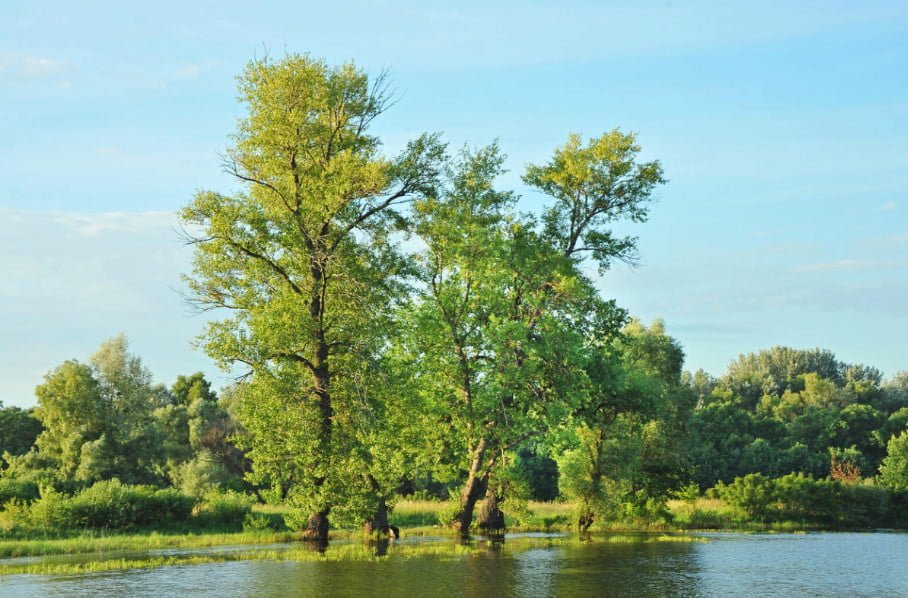
Probably, no tree is so popular in the greening of city streets, parks and squares, like poplar. Although poplar often causes complaints during flowering, when his fluff covers the streets, gets into the apartment, flying in the eye…
It would seem that it is interesting in such a familiar and simple, and what can we talk about? But let’s get acquainted with this plant closer, maybe we will find something new and still unknown to us.
Plant description
In the nature of poplar distributed throughout the Northern hemisphere-from China (here is their ancestral home), throughout Eurasia, is in America and even in Eastern Africa. In total, there are slightly more than 100 species of poplar in the world, United in the genus Papulus, which belongs to the family Salicaceae.
As you can see, the Latin name of the tree itself speaks of its popularity. And it came from Ancient Greece, where already at that time on the streets and squares grew these trees.
In nature, poplar often grows near rivers, as it prefers moist soil. For example, aspen can grow on sodic lands, and poplar heterophyllous feels good on the sand dunes. One of the main features of these trees is their rapid growth, which made poplar so popular in urban landscaping.
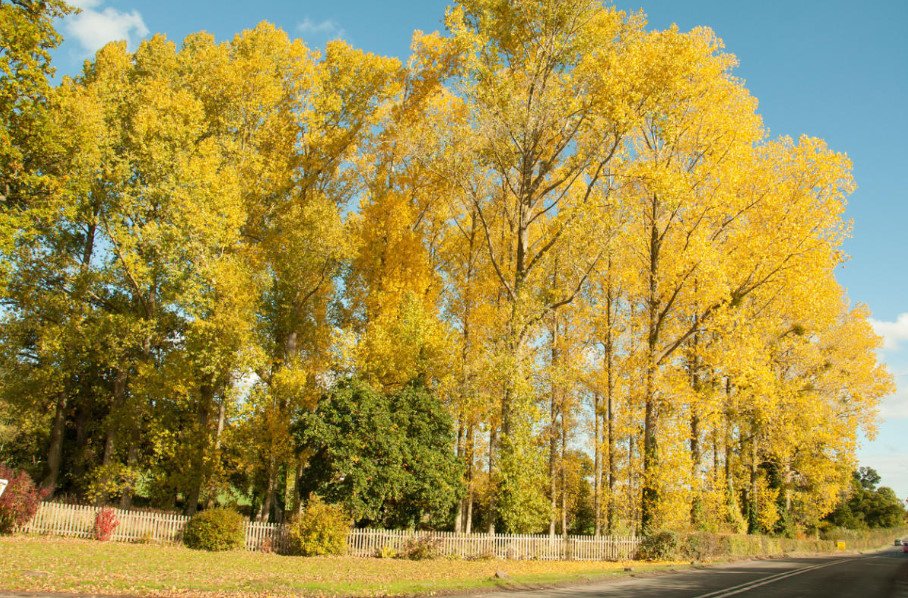
Poplar does not live long. Usually growth of a tree slows down to 50 years, and 60-80 years – the usual duration of his life, although there are species that live up to 150 years. Poplar wood is highly susceptible to various fungal infections, because the tree branches break easily, and they themselves are short-lived.
Poplar trees are solid, large, growth are 50-60 m, but more often grow to 40 m. the Trunk is quite impressive, it happens, and reaches a meter in thickness. Different species have a crown of different shapes-spherical, oval, pyramidal. The leaves of all poplars are simple, petiolate, usually oval with a pointed tip, there are lanceolate or with a notched edge. More often smooth, but there are pubescent.
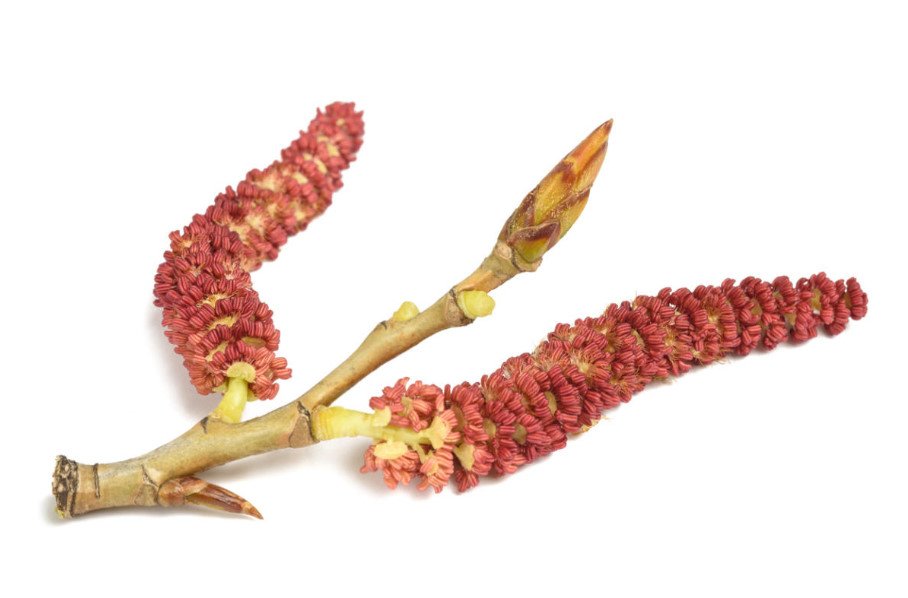
Poplars are mainly dioecious trees. Flowering takes place in early spring, even before blooming or simultaneously with the deployment of leaves, pollination usually occurs through the wind. Small flowers are collected in inflorescences-earrings, respectively, male and female. Trees begin to bloom and bear fruit at the age of 10 years.
Poplar fruitlets are small boxes with fluffy hairs. It is they who cause so much concern to the inhabitants of cities. Therefore, planted for landscaping streets preferably exclusively male individuals of plants.
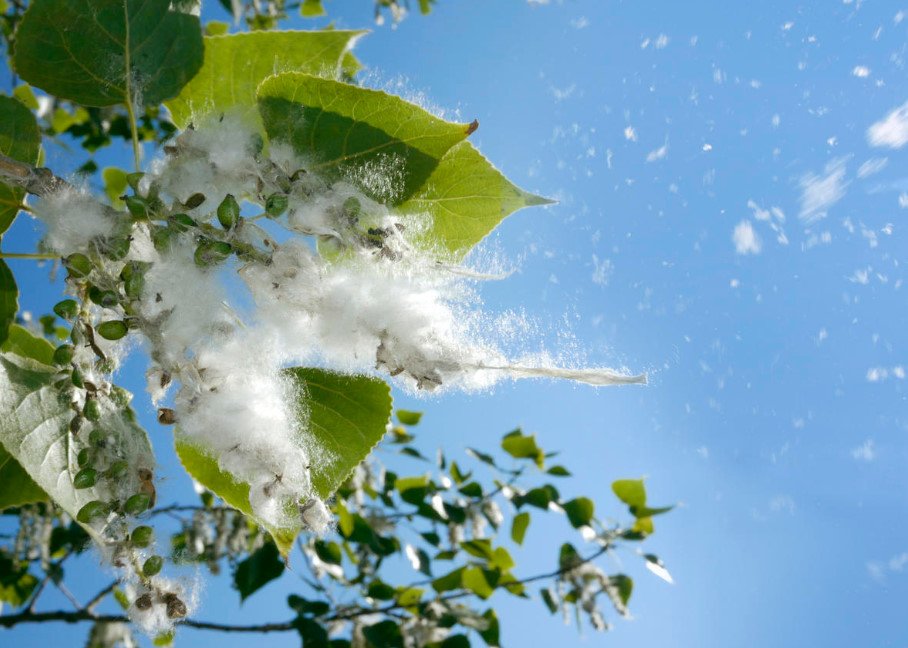
Consider some types of poplars.
Pоpulus Suaveolens
In the Eastern part of Siberia grows Papulus Suaveolens. It is also found in Mongolia and Northern China.
Light-loving tree reaches 20 m in height, has a thick ovate-oval crown, trunk with light yellowish-gray bark. Its name was for the fragrant and resinous (especially in the spring) buds and young branches. The leaves are bright green, leathery and shiny, oval with a sharp tip on top, quite dense, slightly whitish below. Small flowers form hanging earrings.

A characteristic feature of poplar is a rapid growth at a young age, and thanks to the exceptional winter hardiness, it is a valuable breed for landscaping settlements in the Northern areas, although the city life expectancy is small.
Pоpulus Laurifolia
Papulus Laurifolia is widely distributed throughout Siberia. Habitat – river pebble floodplains, can rise to a height of about 1800 m. unlike the previous species, shade-tolerant.
The tree is quite high, has a slightly branched tent-shaped crown. The bark of the trunk of dark color is cut by deep cracks. The leaves are lanceolate, elongated, dark green and shiny, located on numerous shortened shoots, why and it seems that they grow in bundles. This gives the tree a very original shape.

Grows not as fast as other species, but very resistant to urban smoke, winter-hardy and unpretentious.
Pоpulus Nigra
Papulus Nigra is growing in Central Asia and even in Western Siberia.
Prefers light forests growing on sandy loose soils in river valleys. It is a powerful and tall tree with a spreading crown. The bark is covered with cracks, at a young tree light gray, then gradually blackens. The leaves have a rhombic, sometimes triangular shape with a pointed tip, dark green, slightly fragrant.
The plant is winter-hardy, drought-resistant, low-use to living conditions. But on rich humus, moist soils will grow faster.
Pоpulus Pyramidalis
The papulus Pyramidalis is a tall and slender tree, with a spiky crown, wide at the bottom and gradually narrowing upwards, making the tree look like a cypress. It is believed that the homeland of this species-Asia Minor, but is unknown.
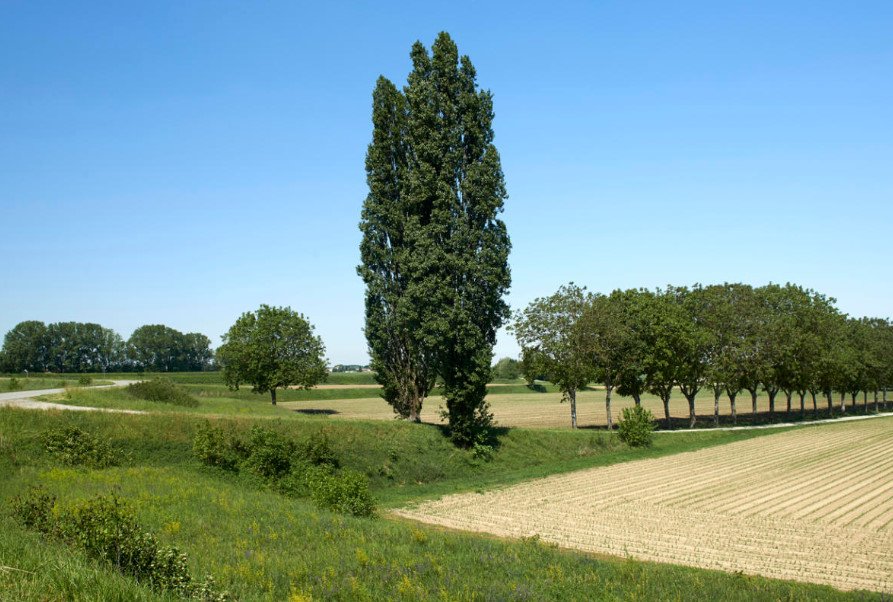
Leaves in the form of a rhombus, can be triangular, not very large. The view is not too hardy, but grows well in the middle lane. A splendid tree for urban landscaping, good in groups and in solitary planting, forming beautiful avenues.
Reproduction of poplar
Most poplar species have an extraordinary ability to reproduce in various ways:
- root suckers,
- cuttings,
- seeds.
Very simple and affordable way – cutting. Cut poplar shoots are easily rooted in both water and soil.
When propagating seeds should be remembered that they quickly become non-viable, so it is better to sow fresh seeds. You can store them in a dry and cool place for no more than a year.
How to use poplar
And a few more words about the benefits and application of poplar. We have already told about its irreplaceability in greening of city streets. It should only be added that the rapid growth, as well as the ability of its leaves to purify the air from gas and smoke can not be compared with any other kind of trees. Therefore, in urban landscaping poplar remains one of the most important and rational elements.
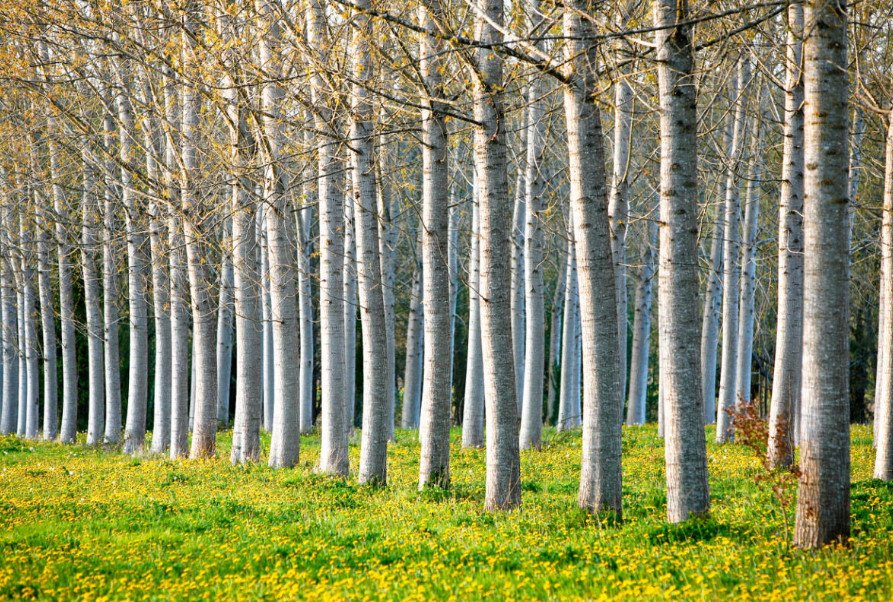
In addition, for economic purposes wood is widely used: it is used for the manufacture of paper and artificial silk, make simple furniture and various containers, it goes to the lumber and more. And from the leaves and buds of poplar get paint. Here is such a remarkable and useful this tree.
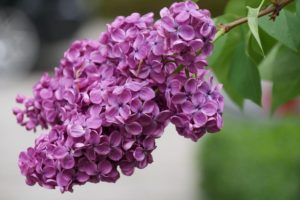

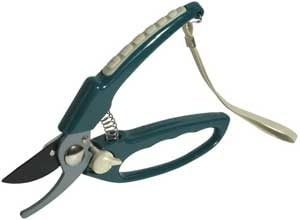

Leave a Reply